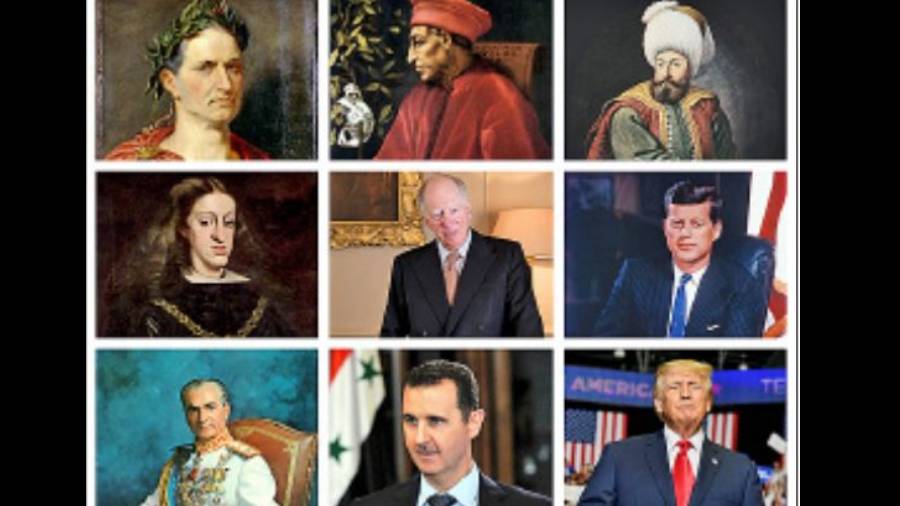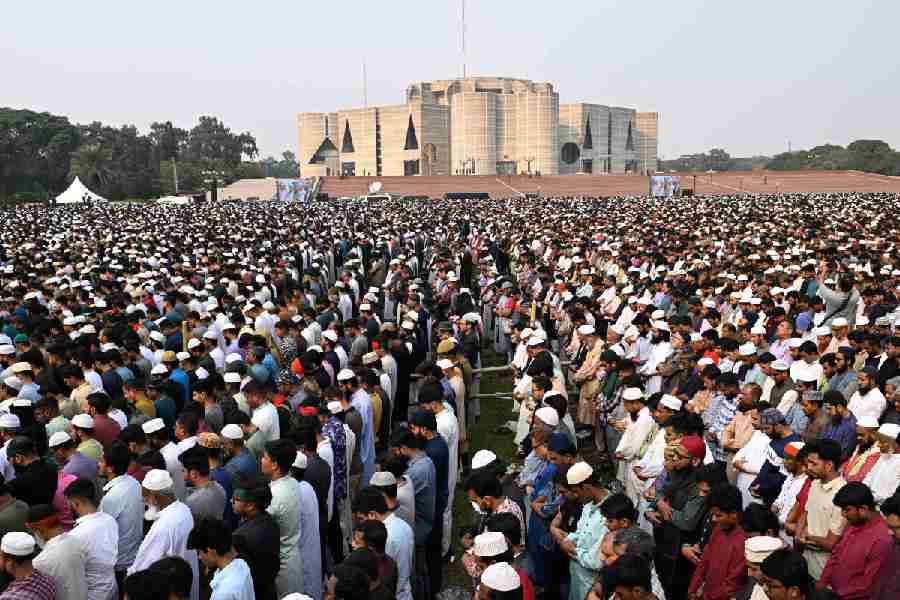THE WORLD: A FAMILY HISTORY By Simon Sebag Montefiore, Hachette/Orion, ₹1,899
‘World History’, also known as ‘Global History’ nowadays, is a strange beast. It has grown in recent decades as a result of the heightening cynicism at the exceptionalist, often triumphalist, certitudes of what used to be called ‘Western Civilisation’. The shift from the condescendingly Eurocentric ‘Western Civ’ to the more nuanced and seamlessly connected narrative/s of ‘World History’ has spawned many approaches.
In 1994, the Oxford-based scholar, Theodore Zeldin, wrote An Intimate History of Humanity, his magisterial but brief survey of world history through emotions and personal relationships, including those embedded in the family. While Zeldin completed his bird’s-eye view of world history through family and non-family relationships in 400-odd pages, Simon Sebag Montefioredazzles over nearly 1,300 pages to firmly anchor the family as the pin on which human history has evolved and turned over the last four millennia. As an essential unit of human existence, it has survived even in today’s age of artificial intelligence and galactical warfare; so a new kind of world history seems to be an appropriate instrument for examining its resilience.
And a remarkably new kind of world history it is! The focus of Montefiore’s predecessors on themes and processes has usually dispensed with the dramatis personae — the people. Montefiore reclaims the people in his world history and projects his tome as “a biography of many people instead of one person.” This important departure from conventional, ‘thematic’ world histories re-engages the “long struggle between structure and agency, impersonal forces and human character.” His aim “is to write a nuanced history that shows humans and their polities as the complicated, flawed, inspiring entities they really are.” It is no wonder, therefore, that his two volumes present a world teeming perpetually with ‘characters’ of all shapes, sizes and traits — saintly and abominable, calm and implacable, visionary and vile.
The book’s cast of characters displays a truly extraordinary diversity. Rulers and conquerors jostle for space with priests, scientists, artists, charlatans, tycoons, and gangsters. From the Caesars to the Trumps, via the Medicis, Ottomans, Hapsburgs, Rothschilds, Kennedys, Pahlavis and Assads, it freely dispenses blood and betrayal, sex and savagery. These powerful families represent the breadth of human endeavour, with bloody succession battles and treacherous conspiracies alongside flourishing culture and enlightened benevolence. Modern figures — among them Indira Gandhi, Margaret Thatcher, Barack Obama, Vladimir Putin, andVolodymyr Zelensky — strut and fret on the book’s panoramic stage with the same traits.
For all its formidable length, the book is unputdownable. The story moves at a frenetic pace across terrible battles, court intrigues, personal triumphs and disasters, lurid sexual practices and hideous tortures. And through this romp, Montefiore is never found wanting on colourful, pithy adjectives. Mary, Queen of Scots, appears as “a calamitous bungler of impulsive stupidity and unwise passion.” The Duke of Buckingham, a Jacobean playwright, is found to be “slippery, graceful and vicious.”
The author of acclaimed biographies of Catherine the Great, Stalin, and the Romanovs, Montefiore may have found the inspiration for this book in his own Jerusalem: The Biography, which chronicles the city’s story through the lives of its men and women — soldiers and prophets, poets and kings, peasants and musicians. In the same vein, The World seeks to combine the span of world history with the intimacy, the grit, and the flavour of biography. The firm focus on the human factor, sustained with a spellbinding intensity over 1,300 pages, makes the book a tour de force.
Unlike many world histories focused heavily on Europe, Montefiore paints on a much broader canvas, with Latin America, Africa and Asia receiving their due. The device of family stories also enables him to eschew traditionally male histories and bring in greater texture and diversity by giving women and even children a voice and presence that are often denied in more conventional histories. The usual suspects like Cleopatra, Catherine the Great, or Margaret Thatcher duly register their presence, but they too fight for space with a plethora of lesser-known female power players, many of whom turn out to be just as ruthless and murderous as their male counterparts.
All told, the book is a sumptuous feast, and we hope it is not long before the table is re-laid before us for another grand repast of this kind.










